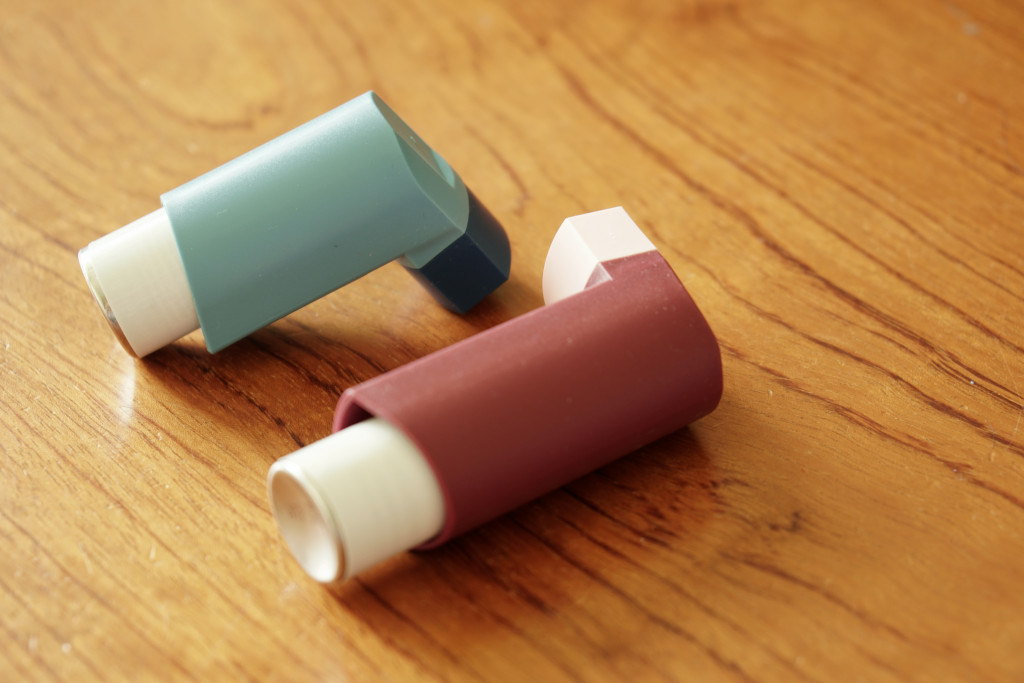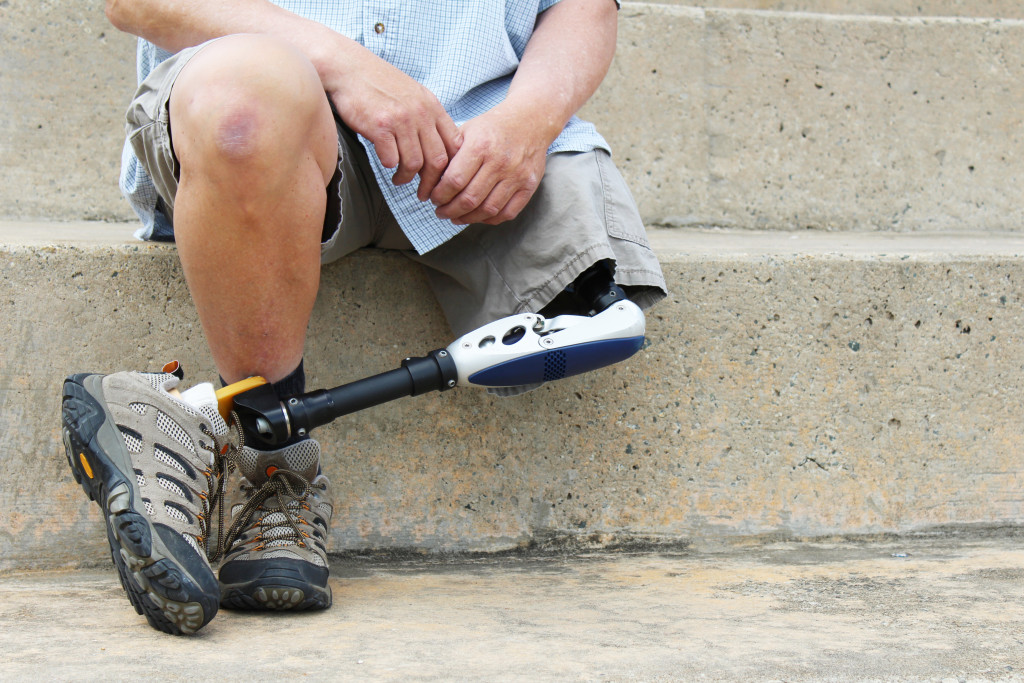Have you ever imagined having global information and news at your fingertips? Have you envisioned tracking your health through a smartwatch? Or have you ever fantasized about dinner delivery via drone? I’m guessing you didn’t, especially if you were born in or before the 1990s. But, thanks to technological advancement, every unthinkable thing is now possible. However, such breakthroughs have resulted in more than simply urban convenience and digital entertainment; we should be appreciative of certain life-saving discoveries as well.
One such blessing is a quality medical-grade air compressor, which is a boon for providing artificial respiration since they supply clean and dry compressed air to medical equipment and applications like ventilators, CPAP, BiPAP, etc. They are amazing inventions that provide aid. Not only this but a handful of the more essential ones are discussed below.
1. Injectable medical sponges
This is an innovation for military operations supported by US Army medical research programs. Because battlefields typically involve fatal injuries from bullets, this high-tech tool provides immediate aid in stopping severe bleeding.
You’re probably wondering how this works. It is simply a big syringe loaded with tiny sponges that are inserted into gunshot wounds. The thing is that, once within the body, the sponges enlarge up to ten times their original size, apply pressure to the incision, and stops bleeding in just about 20 seconds.
It was permitted primarily exclusively on fighting grounds. However, it now has broader applicability for life-threatening health situations in the United States because of the new FDA consent.
2. Robotic surgery
While doctors perform brain surgery, there’s a possibility of fatal damage to surrounding tissues, but that won’t be a case anymore in coming years. It quickly inspects tumors in the brain without harming the adjacent tissues. It is also accurate in all other operations in addition to brain surgery. The robotic surgery inventor deserves appreciation, applause, and gratitude, and why do I say that? Because it is less intrusive, accurate, less infectious, and faster to recover.
3. 3D printed organs
You may have heard about edible 3D food and duplicates of any damn non-life thing, but have you heard of 3D organs printed? As previously said, tech holds the power to make unrealistic a reality.
With inventors putting 3D printing technology to the trial, the most significant advances have been external prosthetics, ortho implants, and personalized bronchial tubes. Additionally, it is helpful in operative preparation and has been employed in intricate heart surgeries. And there are many more benefits to come with 3D printed organs.
4. Smart inhalers

The inhaler is an essential element of a person’s life with asthma, but the great majority of them do not use it correctly. Inadequate care can make the condition deadly and can lead to death. Luckily, Bluetooth-empowered smart inhalers, which are essentially little gadgets connected to the inhaler, have been developed for such patients. When connected, it keeps track of the date, time, and extent of correct usage of every dose.
How does it help? It generally transmits data to the asthma patient’s device, which is then monitored to take action and regulate their ailment. This guarantees correct inhalation and reduces the danger of fatality. Smart inhalers have also been shown to provide more reliever-free days.
5. Artificial organs
This might be considered a higher-level version of 3D-printed organs. Initially, bioprinting was a blessing in disguise for burnt survivors since it regenerated their skin cells. But, today, its application has expanded dramatically in recent years. It is currently utilized to produce blood arteries, artificial ovaries, pancreas, and more that develops within the body to transplant the defective one. It is at the cutting edge to deliver synthetic organs that are not refused by the body’s immune mechanism.
6. Health wearable
How can I skip the life-saving trackers and sensors that enable us to reclaim control over health conditions? Wearable devices such as smartwatches are designed to help in preventive healthcare. These devices aid in weight management and physical activity tracking. Data from them also directly influence taking decisions such as workout routines, dietary habits, and medications.
7. Medical tricorder
Medical tricorders are a more advanced kind of portable health wearable. It analyses general health and validates whether a person is healthy by tracking health indicators such as heart rate and blood pressure. It also successfully aids in the self-diagnosis of health issues in seconds before it is too late.
These are only a few examples of what futuristic medical technology has in store for us. With more technical advancements, we will undoubtedly see many more such life-saving innovations soon. One thing is sure: such substantial progress has permanently altered the treatment cause of health problems for the better, making medications and treatments more accessible for us.

